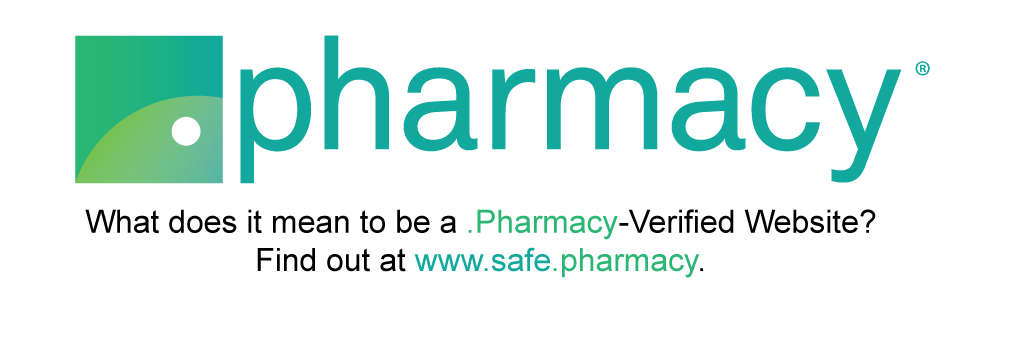From 1999 through 2018, more than 450,000 people died in the United States due to opioid overdoses. Deaths by opioid overdose were at least four times higher in 2018 than in 1999. The United States is experiencing an opioid crisis. However, given that about 11% of adults have daily pain, healthcare providers are faced with the task of providing adequate pain management while addressing an opioid overdose epidemic.
The Three Waves of the Opioid Overdose Epidemic
The opioid overdose epidemic in the United States developed in three waves. The first wave started in the 1990s and primarily involved prescription opioid medications. In 2010, the second wave of the epidemic began as heroin overdose deaths quickly increased. The third wave started in 2013, when overdose deaths involving illegally manufactured synthetic opioids escalated.
To reverse this opioid crisis, providers must find ways to effectively manage pain while preventing opioid use disorder and opioid overdose.
Prescription Opioids and Pain Management
Prescription opioids are generally prescribed after an injury or after surgery. They can be used to treat moderate to severe pain and to treat cancer pain. Opioids commonly prescribed for pain management include the following:
When prescribing opioids, your provider must consider several factors, including your total daily dose of opioids. Your total daily dose of opioids is referred to as your morphine milligram equivalents (MME) per day. When starting an opioid, your prescriber must use the lowest effective dose to treat your pain. The Centers for Disease Control and Prevention (CDC) recommends that a healthcare provider evaluate the benefits versus the risks when considering whether to increase a patient's pain medication dose to greater than 50 MME per day. Prescribers should avoid doses greater than 90 MME per day unless a justifiable reason exists to use this high dose.
MME and Pain Medication Dosing
To help you understand how your MME is calculated, the following list shows commonly prescribed opioids and their MME conversion factors:
- fentanyl patches (in mcg/hr): 2.4
- hydrocodone: 1
- hydromorphone: 4
- oxycodone: 1.5
To determine your daily MME, your prescriber multiplies your total daily dose of opioid medication in milligrams by the conversion factor. The result is your daily MME. For example, if you are taking oxycodone 5 mg 4 times a day, your daily MME is 30 (5 mg x 4 = 20 mg and 20 x 1.5 = 30).
Opioids and Chronic Pain Management
Prescription opioids have been used to treat chronic pain. However, research shows that opioids are no more effective than nonopioid pain medication in managing long-term noncancer pain. Moreover, studies conducted during the FDA approval process for several opioid medications show no evidence that opioids are effective for managing pain longer than three months.
In some instances, however, your prescriber may determine that you would benefit from opioid pain medication for chronic pain. If opioids are necessary, the CDC makes the following recommendations for using opioids to treat chronic pain:
- Do not use opioids for chronic pain before trying other nonopioid methods and medications. Only use opioids if the potential benefits outweigh the potential risks. If using opioids to treat chronic pain, your provider should combine them with other methods or medicines for pain control.
- Your provider should establish treatment goals with you and discuss how opioid medicine will be stopped. You should only continue your opioid therapy if there is measurable improvement in your pain and ability to function.
- Your provider should talk to you about the risks and benefits of using opioid pain medication.
- Use immediate-release opioids instead of extended-release or long-acting products and use the lowest effective dose.
Nonopioid Alternatives for Pain Management
To combat the opioid crisis and mitigate the potential for opioid misuse and addiction, prescribers are turning to alternatives to opioids for chronic pain management.
Examples of nonopioid medications your prescriber may use for chronic pain management include the following:
- Acetaminophen (Tylenol): Acetaminophen can be used alone or in combination with opioids, such as hydrocodone and oxycodone, for pain management. However, taking too much acetaminophen can damage your liver.
- Nonsteroidal anti-inflammatory drugs (NSAIDs): NSAIDs—such as meloxicam (Mobic), celecoxib (Celebrex), diclofenac (Voltaren), ibuprofen (Motrin, Advil), naproxen (Naprosyn, Aleve), indomethacin (Indocin), and ketorolac (Toradol)—are useful in treating inflammation that causes pain. Use NSAIDs cautiously if you have asthma or kidney problems, or if you take blood thinners.
- Antidepressants: Antidepressants, such as amitriptyline (Elavil), duloxetine (Cymbalta), and venlafaxine (Effexor), can aid in pain management by increasing norepinephrine in your brain and improving your body’s sensation of pain.
- Antiseizure medications: Antiseizure medicines, including gabapentin (Neurontin), lamotrigine (Lamictal), and topiramate (Topamax), work by inhibiting your pain sensation.
The Use of Naloxone
The U.S. Surgeon General advises having naloxone (Narcan, Evzio) on hand if you are taking high doses (MME of 50 or higher) of prescription opioid medication. Naloxone is an opioid antagonist that reverses the effects of an opioid overdose. It can save your life if you accidentally take too much opioid medication. Your doctor may give you a prescription for naloxone along with your pain medicine. However, in many states, you can get naloxone without a prescription at a pharmacy near you. Be sure your loved ones and caretakers know where you store your naloxone and how to use it in case of an emergency.
How to Get the Lowest Prescription Price for Your Pain Medicine
Whether you are taking opioid or nonopioid pain medication, you want to get the lowest prescription price for your medicine. Before heading to your local pharmacy, be sure to compare prescription prices using a ScriptSave WellRx prescription savings card or download the mobile app today to save up to 80% off the average retail price.
Rosanna Sutherby is a freelance medical writer who has been a practicing pharmacist in her community for close to 20 years. She obtained her Doctor of Pharmacy from Nova Southeastern University in Ft. Lauderdale, FL. She utilizes her clinical training in the pharmacy, where she helps patients manage disease states such as asthma, diabetes, heart disease, hypertension, and many others. Dr. Sutherby reviews and recommends drug regimens based on patients’ concurrent conditions and potential drug interactions.
References:
https://www.cdc.gov/drugoverdose/epidemic/index.html
https://www.cdc.gov/drugoverdose/prescribing/guideline.html
https://www.cdc.gov/drugoverdose/prescribing/guideline.html
https://www.cdc.gov/drugoverdose/pdf/guidelines_at-a-glance-a.pdf
https://www.ncbi.nlm.nih.gov/pmc/articles/PMC5885909/
https://www.ncbi.nlm.nih.gov/pmc/articles/PMC5939920/
https://www.hhs.gov/surgeongeneral/priorities/opioids-and-addiction/naloxone-advisory/index.html













 Store & manage your medication list
Store & manage your medication list Medication pricing updates
Medication pricing updates Pill & refill reminders
Pill & refill reminders Medication journal & mood log
Medication journal & mood log